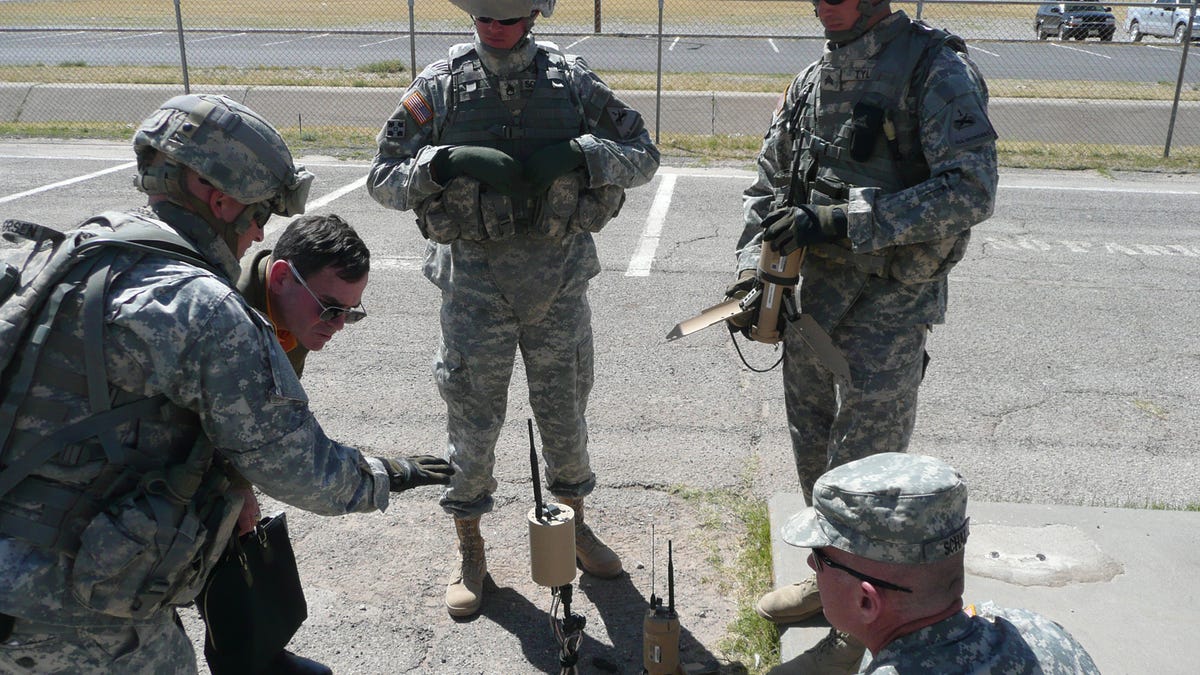Army's FCS: Training or product endorsement?
The U.S. military unit tests Future Combat Systems, the "cornerstone of Army modernization," as it includes soldiers in early development and promotion.

In what's portrayed as a new approach, the U.S. Army is including soldiers in the early stages of equipment development, and in the case of the Future Weapons Systems, it's having them pitch it as well.
Last January, defense contractors employed nearly 400 computers, dozens of vehicle mockups, and more than 100 soldiers and engineers in a preliminary test of the Future Combat Systems (FCS), a technological enterprise billed as the "cornerstone of Army modernization."
The Army followed up with a complete line of videos and slick multimedia touting the involvement and input from recently returned combat veterans. Videos with titles like "A Soldier's Perspective of FCS Systems" and "Soldiers on FCS" feature guileless noncommissioned officers and other uniformed personnel barking the virtues of multibillion-dollar geegaws on which some in Congress and in the military have yet to be sold. (PDF)
In one video, an officer relates a story of the "tall, bearded man" in Afghanistan, possibly the one "we were looking for," who got away for want of FCS gear. (Videos)
During the test, soldiers were monitored to see how they interacted with the equipment, especially the FCS Warfighter Machine Interface display panels, designed to provide a common operating picture of the battle space. (PDF)
Including actual soldiers this early in the development loop is a new approach, an Army statement boasts.
"Through participation in these exercises and their relevant combat experiences in Afghanistan and Iraq, the soldiers provided invaluable recommendations on everything from FCS vehicle ergonomics to how we display and move information within the battle command network," said Rick Greenwell, a Boeing test director.
The tests, conducted at the White Sands Missile Range in New Mexico, simulated combat operations in which vehicles interfaced with FCS command software developed by Boeing and Science Applications International.
The FCS comprises 14 weapons systems, including a whole new line of armaments, UAVs, and manned and unmanned ultralight vehicles that will allow soldiers to be able to see and hit the enemy first. It also includes a layered, interconnected system of computers, software, radios, and sensors, which will replace the current cacophony of systems all using different software. A "full-spectrum dominant modular" force, in Army parlance.
However, it's an endeavor of "unprecedented complexity," the Government Accounting Office has warned. The estimated cost is $161 billion, with steadily declining expectations. (The number of systems has gone from 18 to 14.) (PDF)
Feedback will lead to the next phase, network and hardware build-out. Madison Avenue production-quality endorsements from men and women who've risked it all for God and country may keep funding on track.